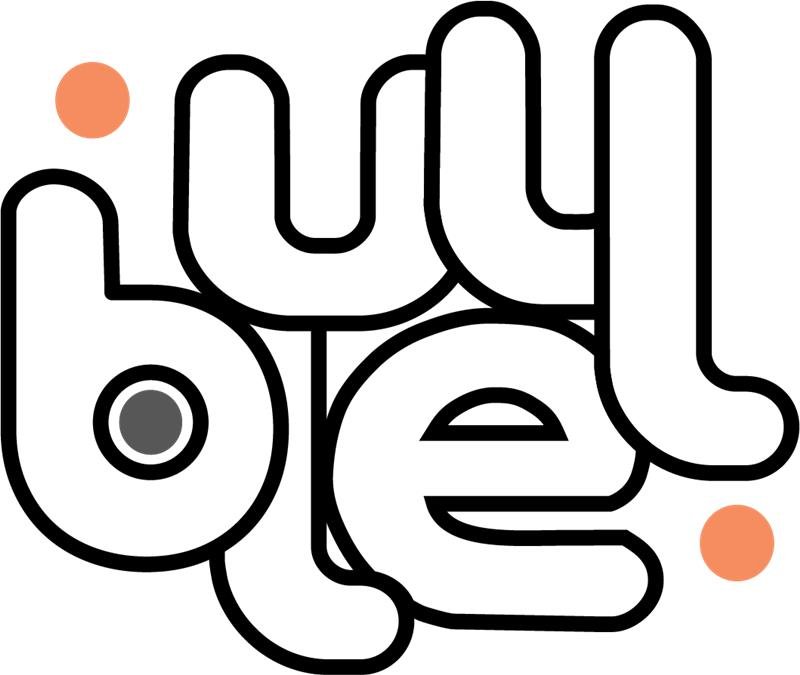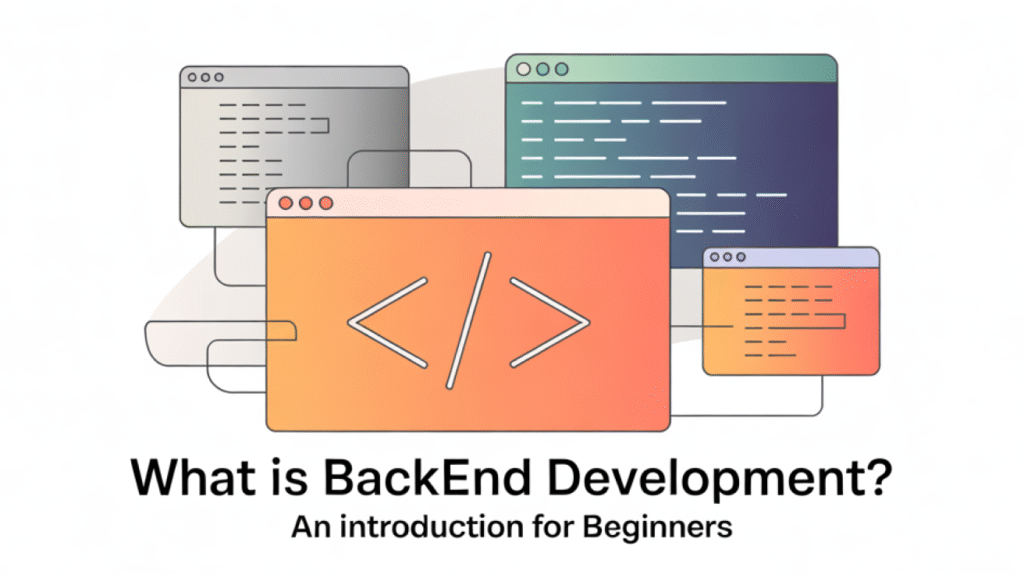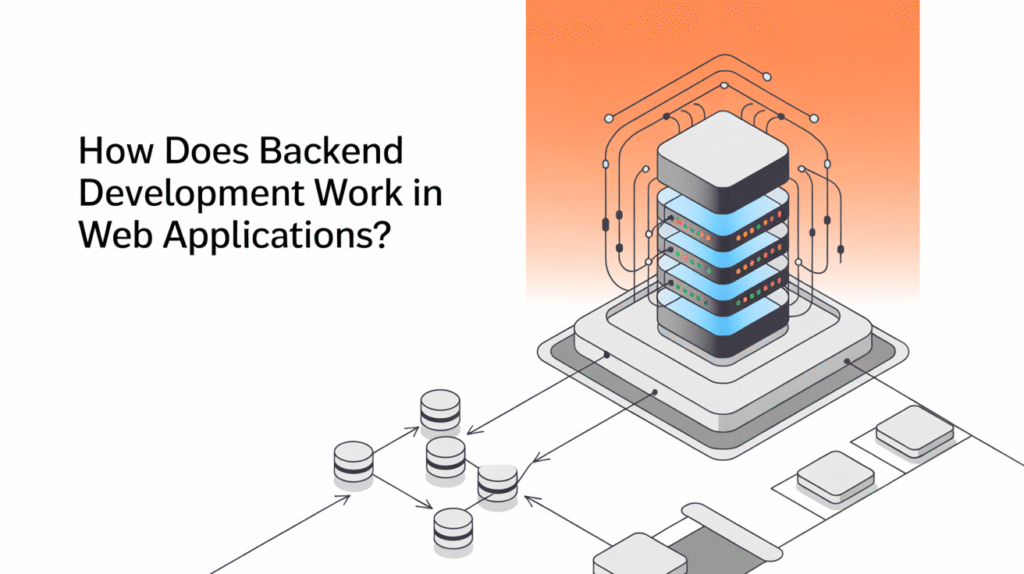- Bluell
- Blog
- Android
A detailed Prerequisites for Successful Mobile Application Development (2025)
- Development
- 9 min Read
- 19 May 2025
A mobile application is a program built for smartphones and tablets, optimized for touch interaction and portable use anywhere in reality. In Sweden’s digital economy, mobile applications are important pillars of innovation. They made people’s lives smart, as they can use digital payments (such as Google Wallet), live streaming, e-commerce and much more.
For better understanding, let’s take an example of domestic successes such as Klarna’s payment app, which handled $105 billion in gross merchandise volume in 2024, and Spotify’s platform, which distributed over $10 billion in royalties, demonstrating Sweden’s global impact.
These real-world use cases highlight the role of mobile applications in driving consumer engagement and economic growth, both domestically and internationally.
So, the complete knowledge of the prerequisites for mobile application development is very important for you to succeed in the digital app competition.
1. Market research and MVP validation
To make data-driven decisions, you should first analyze your App Store data in App Store Connect Analytics to track downloads and conversion rates over time. Similarly, Google Play Console provides detailed statistical reports on installs and user behavior for Android apps.
Services like AppFollow help you easily track App Store impressions, page views, and reviews. Complement quantitative insights with quick in-app user surveys, such as Survicate’s SDK for mobile surveys or Qualaroo for tailored feedback.
Based on your insights, create a basic MVP using the Bluell startup methodology to test core features with minimal resources. Then follow our step-by-step guide to quickly create a proof of concept and capture technical lessons learned.
Use feedback from early testing for iterative improvements and ensure your assumptions are validated before scaling up development. Deepen your analysis further by reviewing user reviews and translating them into actionable insights via AppTweak’s review analytics tool. To stay on track, always compare PoC and MVP to minimize risk.
2. Alignment of business goals and user personas
First, define your core business goal as increasing Swish payments by 20% and map it directly to app features (e.g. seamless QR code payments at launch) to ensure every screen serves a strategic purpose.
First, define your core business goal (such as increasing Swish payments by 20%) and map it directly to an app feature (e.g., seamless QR code payments at launch) to ensure that each screen serves a strategic purpose.
Then create 2 to 3 user personas: for example, “Linnea,” a 28-year-old designer from Stockholm who values speed, or “Johan,” a 45-year-old small business owner who focuses on accurate transaction records. Use mind mapping to organize persona attributes (demographics, goals, pain points) and identify feature priorities.
Then conduct 5 to 8 interviews with representative users to validate assumptions and refine stories. Finally, align each user story with a feature tied to your business KPIs to create a roadmap that aligns with both your business goals and your users’ needs.
3. Fundamental factors for successful mobile application development
As you know, mobile application development is a really tough and iteratively changing industry. There are many factors that affect its development and core features. In 2025, successful mobile app development depends largely on five pillars, such as:
- User Experience (UX)
- Functionality
- Security
- Performance
- Availability
1. User Experience (UX)
A UX is a user’s experience that they encounter when they come to your app on the first touch, it will be a very good or very bad one. An attractive and smooth UX keeps your target audience engaged and increases the overall retention rate. Users can quickly find exactly what they need in your app when your app has simple navigations, clear calls to action, and responsive layouts. According to the best mobile UX guides, it is very important to have regular UX testing in your apps that ensures consistency and better UX results.
2. Functionality
Functionality means that every single feature of your app works flawlessly to avoid annoyances, crashes, and bugs. Stable functionality can be achieved through deep QA and cross-device testing covering hundreds of device sizes and operating system versions. By comparing functionality metrics against industry data, you can find feature gaps and other reliability issues.
3. Security
Security is non-negotiable. Swedish regulations require BankID integration for secure user authentication. BankID offers a standardized API that enables secure digital signatures and identity verification without multiple passwords. Using HTTPS, certificate pinning, and cryptographic best practices prevents man-in-the-middle attacks and data breaches. Regular vulnerability scanning and runtime application self-protection (RASP) protect against emerging mobile threats.
4. Performance
Fast load times and smooth interactions are critical to user retention, with benchmarks targeting less than two seconds to first interaction. By monitoring key metrics like CPU usage, memory footprint, and network latency, your teams can proactively optimize performance. Techniques like code splitting, asset compression, and lazy loading reduce startup delays and resource drain. Automated performance budgets integrated into CI/CD pipelines ensure new code stays within agreed-upon thresholds.
5. Accessibility
In Sweden, public sector apps must comply with the Digital Accessibility Act (2018:1937), in line with the WCAG 2.1 AA standard. Designing with subtle contrasts, readable fonts, and support for keyboard navigation makes apps usable for people with disabilities. Features such as text scaling, voice-over labels, and color-blind-friendly palettes are important for inclusive design. Ongoing accessibility reviews and user testing with usable technology keep compliance on track and improve the overall user experience.
4. Choice of platform and technology stack
Choosing the right platform and technology stack is a very important step in mobile application development. This means comparing native (Swift/Kotlin) versus cross-platform (React Native/Flutter) based on your cost, performance, and maintainability. Native development provides optimal execution speed and full access to the platform APIs, but requires separate Swift and Kotlin code bases, which increases long-term staffing and maintenance costs.
Cross-platform frameworks can reduce development costs by 30 to 40% through a unified code base and on-the-fly reloading workflows, which accelerate feature rollouts. Performance tradeoffs are evident in UI complexity: Flutter’s direct ARM compilation approaches native speeds, while React Native’s JavaScript bridge can introduce latency under heavy loads.
Maintainability often favors React Native/Flutter due to updates to a single project, although complex built-in features may require separate modules over time. On the backend, MBaaS platforms like Firebase or AWS Amplify offer pre-built authentication, database, and storage services for rapid prototyping, while serverless solutions (e.g. AWS Lambda ) provide granular, automatic scaling capabilities without server maintenance.
Your ideal stack depends on your budget, performance needs, and maintenance strategy, Bluell helps you navigate the tradeoffs and choose the best fit according to your project needs.
5. Feature prioritization and documentation
Effective feature prioritization ensures that your mobile MVP meets your users’ core needs from day one. The MoSCoW (Must-have, Should-have, Could-have, Won’t-have) methodology helps teams classify features by their urgency and focus development on what’s essential. The Kano model further refines prioritization by categorizing features as essentials, performance enhancers, or delights to balance user satisfaction.
Then, capture each feature as a user story in the format “As [user], I want [feature], so that [benefit].” For each story, write acceptance criteria that should be specific and testable to align expectations and avoid scope creep. Review prioritization and documents with stakeholders to adapt to feedback and maximize MVP value.
6. CI/CD, Testing and Quality Assurance
Establishing a CI/CD pipeline is essential if you want to ensure high-quality mobile development. You can streamline this process with the help of tools like ‘Bitrise’. These tools can automate builds, tests, and deployments, promoting fast and reliable releases.
One of the important parts of this pipeline is testing. Implementing unit, integration, and interface testing can help you identify issues early and improve app stability. For iOS applications, TestFlight is a tool that allows developers to distribute beta versions to testers, collect feedback, and identify bugs before the official release.
Similarly, for Android apps, Google Play is a tool available in the market that has beta testing capabilities that allow pre-launch versions to be released to select users, helping to test and collect feedback in real-world situations.
7. Launch, ASO and future trends
If you want to successfully launch your mobile application in the Swedish market, App Store Optimization (ASO) is a very important part of marketing your app. It includes incorporating localized keywords in titles and descriptions, and using culturally relevant screenshots to appeal to Swedish users.
Once you have launched your app, you should use the analytics tool to monitor these key metrics such as daily active users (DAU), monthly active users (MAU), and conversion rates to assess user engagement and retention.
You need to stay up to date to stand out in the market. You can do this by using innovative technologies such as AI/ML for personalized experiences, AR for interactive features, Progressive Web Apps (PWA) for improved accessibility, and 5G to improve app performance.
Let Bluell AB build your next mobile application
Do you want to transform your app idea into a powerful digital solution? At Bluell AB, we specialize in creating custom mobile applications that fit seamlessly with your business goals. Our expertise includes native (Swift, Kotlin) and cross-platform (Flutter, React Native) development, ensuring optimal performance and user experience. Our agile team is dedicated to delivering scalable, secure and user-friendly apps that are tailored to your needs. Whether you are a startup or an established company, Bluell is your trusted partner in digital innovation.
We offer three days of free tracking to make you our satisfied and reliable partner. We do not offer any other hidden fees, if you are curious to know more about how we build your app, you can check out our complete mobile application development page or contact us today to get started.
Table of contents
Contact us
Book a call or fill out the form below and we will get back to you once we have processed your request.




